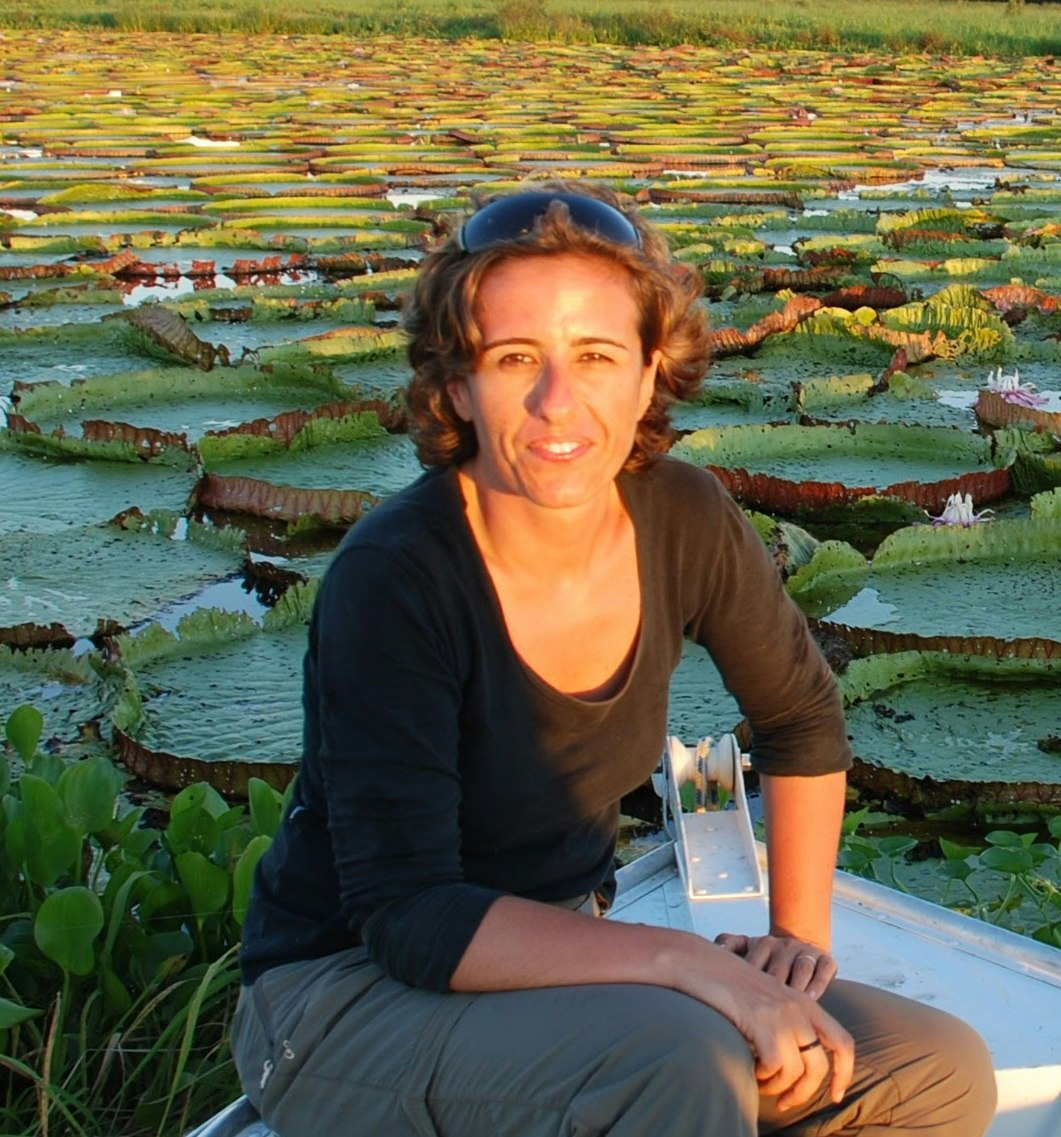The Lowland Tapir Conservation Initiative: Expanding from the Atlantic Forest to the Pantanal, Brazil
Tapirs are unusual mammals; with four toes on their front feet, three on the back, and a short proboscis, their closest relatives are horses and rhinos. Their appeal makes them good ambassadors for conservation, and they are also excellent indicator species – preferring mature forests, their presence is a good indication of forest quality.
Tapirs also produce only one offspring, every few years, making them vulnerable to change. There are four species of tapir and in all areas of the world they are in decline. A lack of tapirs indicates wider threats to their habitat, and so tapirs help us understand where forests are disturbed, whilst highlighting areas for protection.
Patrícia Medici, 35, is a founding member of the Brazilian NGO IPÊ and has been Chair of the IUCN Tapir Specialist Group for eight years. Since 1996, she has led a long-term tapir conservation program in the Atlantic Forests of Brazil. She has used tapirs to pique the interest of local communities, catalysing habitat conservation, environmental education and capacity-building.
One of the project’s greatest achievements has been its work with landless communities on agro-forestry projects, restoring critical tapir habitat based on the results of the team’s telemetry research. The forest corridors help the tapirs, whilst linking up habitat fragments for the benefit of all wildlife. At the same time they create economic alternatives for families through the sale of saplings to landowners.
Patricia is now launching a country-wide Tapir Initiative to replicate the success of her project across Brazil. She will begin in the Pantanal, a biodiversity hotspot and the world’s largest freshwater wetland, which is under threat from development. Using tapirs to excite local interest, stakeholders are being welcomed into the project, and their aspirations understood. Opportunities for visitors to work side by side with wildlife research teams to learn about the Pantanal are being created, providing a financial incentive to ranch owners to protect their land. If successful, this major initiative will result in a Regional Tapir Action Plan that will address tapir decline, whilst catalysing a shift towards landscape-level conservation thinking across Brazil.







